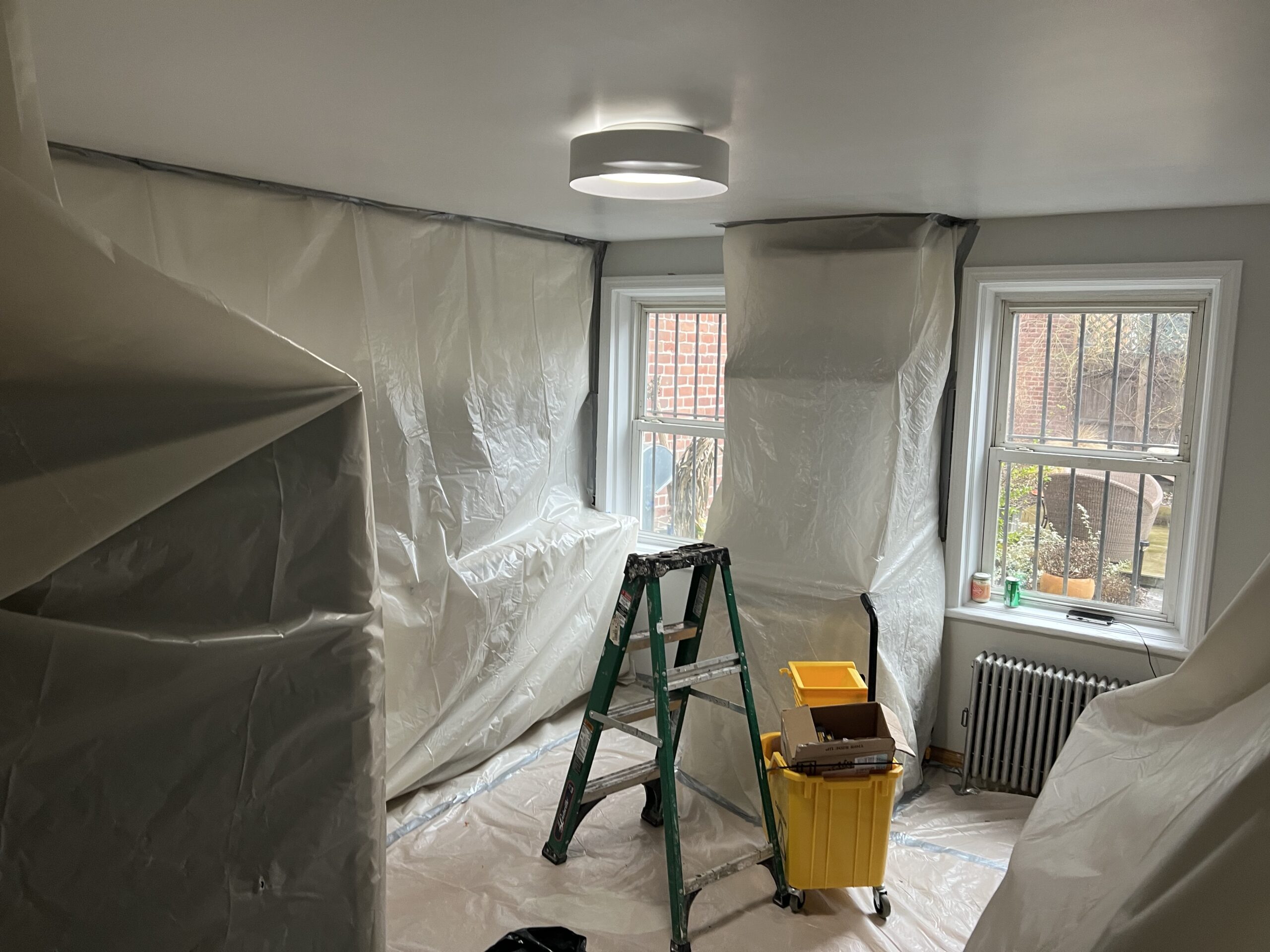Step-by-Step Refine for Effective Lead Infraction Remediation
Following this, adherence to government and state guidelines is critical to formulating an efficient remediation plan. The actual removal needs skilled employees to execute these strategies while strictly adhering to security methods. What occurs after the removal is finished?

Discovery and Assessment
Detection and assessment are important actions in the remediation of lead offenses. To ensure an efficient removal procedure, it is important to carry out a detailed examination of the atmosphere where prospective lead exposure exists.
This includes assessing the extent and severity of contamination, as well as recognizing populaces at danger, particularly youngsters and expectant ladies. The gathered information must be thoroughly documented to support the development of an efficient remediation strategy.
Additionally, it is crucial to prioritize locations with the highest degree of contamination and those that position the best health dangers. Effective communication with stakeholders, consisting of homeowner, homeowners, and public health officials, is critical for ensuring that all events are informed regarding the findings and the succeeding steps required for removal. This initial discovery and analysis stage lays the groundwork for a successful lead violation removal procedure.

Lawful and Regulatory Compliance
Browsing the landscape of legal and governing compliance is a critical facet of successful lead offense removal. Compliance makes certain not just the safety and security of damaged populations however additionally the reputation and lawful standing of the organization in charge of remediation. Rules governing lead contamination are complex, encompassing government, state, and local regulations. At the federal degree, the Environmental Protection Company (EPA) sets strict criteria under the Hazardous Materials Control Act (TSCA) and the Lead-Based Paint Restoration, Repair, and Painting Regulation (RRP Guideline)
State and local policies can vary, commonly enforcing added commitments or even more strict criteria. Consequently, a comprehensive understanding of all relevant legal frameworks is crucial. This involves meticulous documentation of all removal tasks to show conformity. Failure to abide by these policies can result in severe fines, consisting of substantial penalties, lawsuit, and reputational damage.
Engaging lawful professionals focused on environmental regulation can promote browsing these complexities. Normal training and qualification for all workers associated with the removal procedure are also obligatory to ensure adherence to safety and security and regulative standards. By focusing on legal and governing compliance, companies can efficiently mitigate threats and accomplish an effective remediation outcome.
Preparation the Remediation
Properly planning the remediation of lead offenses begins with a thorough assessment of the contaminated site. This preliminary assessment ought to consist of a comprehensive website useful site investigation to recognize the extent and focus of lead contamination. Comprehensive tasting and lab evaluation are critical to develop an accurate contamination profile. This data-driven strategy guarantees that removal efforts are properly targeted and reliable.
When the contamination is mapped, a threat assessment ought to be carried out to review potential health and wellness dangers to human beings and the setting. Lead Violation Removal in NYC. This assessment ought to think about aspects such as direct exposure paths, population vulnerability, and eco-friendly impacts. The insights gathered will develop the basis for choosing a proper removal approach
Ultimately, establishing clear, possible objectives for the remediation project is essential. These goals ought to line up with regulative requirements and stakeholder expectations to make sure conformity and neighborhood acceptance. Establishing an in-depth remediation plan that describes techniques, timelines, and resource allotment will facilitate a structured strategy to the cleaning procedure.
Additionally, it is vital to involve with stakeholders early and keep clear communication throughout the planning stage. check this site out This consists of notifying regional communities, obtaining necessary authorizations, and coordinating with regulatory firms to make certain all legal and procedural requirements are satisfied. A well-crafted remediation strategy not only addresses the contamination effectively yet likewise builds trust and participation amongst all parties entailed.
Implementing the Removal
With a well-structured remediation strategy in location, the emphasis moves to the real implementation of the remediation tasks. This phase entails mobilizing the essential resources, consisting of knowledgeable workers, specialized devices, and premium products. Begin by clearly marking roles and duties to make sure responsibility and smooth sychronisation amongst employee.
This consists of establishing up containment areas to stop lead dirt and particles from spreading, as well as employing air filtering systems to preserve air top quality. Make use of approaches such as wet scraping, chemical stripping, or encapsulation, depending on the seriousness and place of the contamination.
Throughout the removal procedure, conduct routine examinations and air quality checking to make sure conformity with governing criteria. Reliable interaction with stakeholders, including homeowner and passengers, is important to keep them notified of progression and any unforeseen developments. By meticulously following these steps, the removal tasks can be carried out effectively and successfully, eventually mitigating lead risks.
Post-Remediation Techniques
Post-remediation techniques play a vital role in ensuring the long-term success of lead offense removal efforts. These strategies incorporate continuous tracking, maintenance, and area education to stop future lead exposure and make certain a risk-free environment.
First, normal tracking is important. This involves routine testing of the formerly affected locations to make sure that lead levels continue to be within risk-free limits. Property proprietors should develop a schedule for these examinations, ideally in cooperation with licensed ecological experts.

Third, educating the area plays a critical role in read what he said maintaining the benefits of remediation. Residents and building managers should be notified about the dangers of lead direct exposure and the very best practices for preserving a lead-safe setting. Workshops, informative handouts, and community conferences can be reliable tools for distributing this details.
Conclusion
Successful lead infraction remediation needs a detailed, organized approach encompassing detection and assessment of contamination, adherence to legal and regulatory standards, meticulous planning, and effective execution of remediation efforts. This systematic procedure emphasizes the relevance of thoroughness and alertness in resolving and minimizing lead contamination.